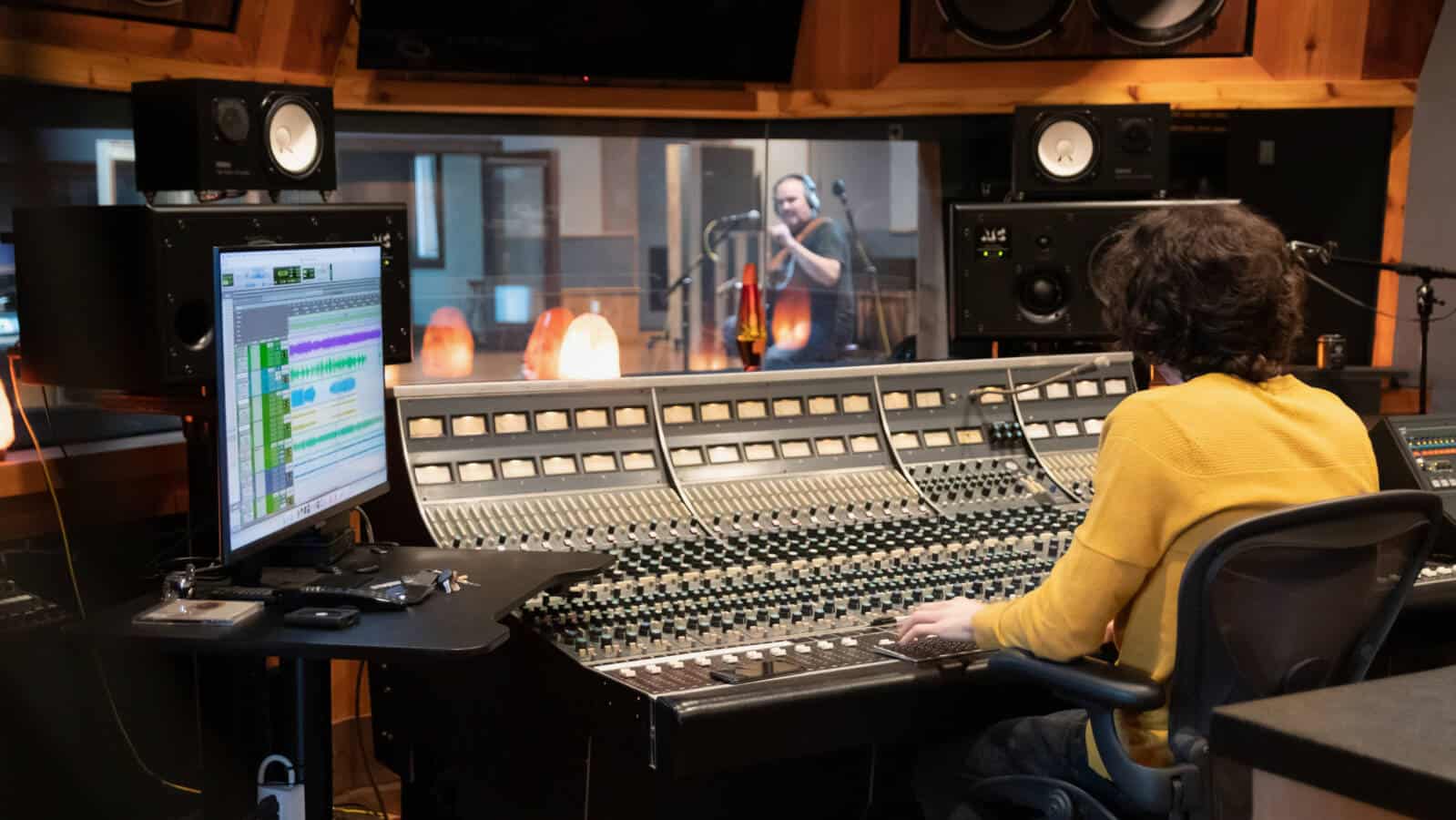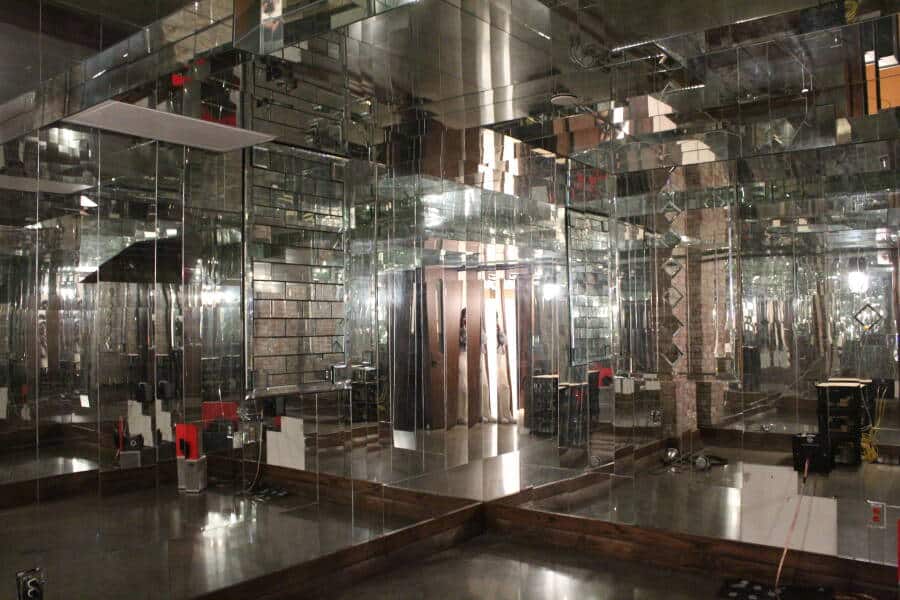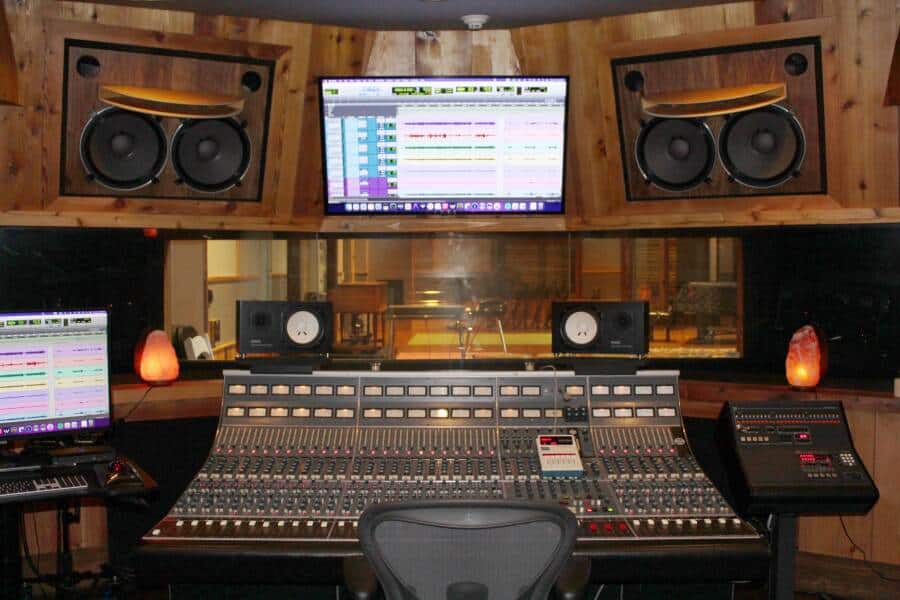A Journey Through Time: The Enchanting History of Reverb

A Journey Through Time: The Enchanting History of Reverb by Nancy Ruth
Reverb is one of the most intriguing and vital effects in the world of music production. This amazing auditory phenomenon may take listeners to otherworldly regions while adding depth, texture, and a feeling of space to musical compositions. This blog takes us on a fascinating trip through time to investigate the history of reverb, from its humble origins to its present uses.
Reverb, short for reverberation, is the persistence of sound after the original sound source has stopped. Its roots may be traced back to the natural world, where sound waves bounce off objects such as walls, caverns, and canyons, generating a feeling of space and ambiance. Ancient civilizations, such as the Greeks and Romans, often constructed amphitheaters with outstanding acoustic qualities to enhance their theatrical presentations.
Early Artificial Reverberation and Echo Chambers
The need to recreate the natural reverberation effect indoors gave rise to echo chambers as music progressed. Pioneers in sound engineering such as Les Paul and Bill Putnam experimented with recording methods such as passing sound signals across vast rooms outfitted with microphones and speakers in the 1940s and 1950s. These early artificial reverb devices laid the groundwork for modern technologies. The Church Studio has two subterranean Echo Chambers.
Spring Reverb
In the late 1950s, a pioneering innovation known as spring reverb transformed the world of music production. The spring reverb employed mechanical springs to produce reverb effects and was initially used in guitar amplifiers. This discovery enabled artists to create a feeling of space and depth to their guitar tones, popularizing the famous surf music sound of the early 1960s. Spring reverbs evolved into standalone units for interior studio uses.
Plate Reverb: A Giant Step Forward
The plate reverb originated in 1957 by the Elektro-Mess-Technik (or EMT) company. This ingenious device used a large metal plate that was suspended within a 4-foot by 8-foot frame and vibrated in response to sound. Transducers turned the vibrations into an electrical signal, creating a dense sound with heavy diffusion – wonderfully warm, open, and natural. Plate reverbs immediately became a must-have in recording studios, adding a timeless charm to many well-known pieces. Two vintage plate reverb EMT 140s are used in the recording process at The Church Studio.
A New Era in Digital Reverb
The introduction of digital reverb in the late 1970s and early 1980s was a watershed moment in the realm of audio effects. Digital reverb methods need extensive mathematical calculations to mimic different acoustic areas and room sizes. The Lexicon 224 and AMS RMX16 were among the first digital reverbs to acquire favor in professional studios, with unequaled reverb variation and flexibility. The Church’s digital arsenal includes an updated Lexicon 480 and a retro AMX RMX16 for that lush sound.
Capturing Real Spaces with Convolution Reverb
Convolution reverb, which first appeared in the 1990s, elevated realism to a whole new level. Convolution reverb, rather than depending on algorithms, employed impulse responses to mimic the reverb characteristics of actual places. These impulse reactions were recorded by shooting a brief burst of sound into a real-world room and monitoring the reverberation. With the evolution of digital technology, it became feasible to utilize these acquired acoustics in real-time, enabling artists to put their recordings with remarkable realism in renowned concert halls, cathedrals, studios, or even imaginary venues.
Reverb at The Church Studio
Two subterranean Echo Chambers and two vintage EMT 140 plate reverb units are available to artists at the Church Studio. Pro-Tools, the industry standard, is our preferred recording software. Pro-Tools also has a plethora of high-quality reverb plugins, allowing musicians and producers to create immersive soundscapes. Beyond typical reverb effects, experimental and innovative versions have evolved, expanding the possibilities of this timeless audio effect.
Unable to choose the best option for your project? Let us assist you! We have qualified audio engineers on staff to support you.






1 Comments
Wonderful article Nancy. It is very apparent you did tons of research and great job of putting that research on paper! Very interesting and informative. Thanks for your love of all things music!!! Bruce